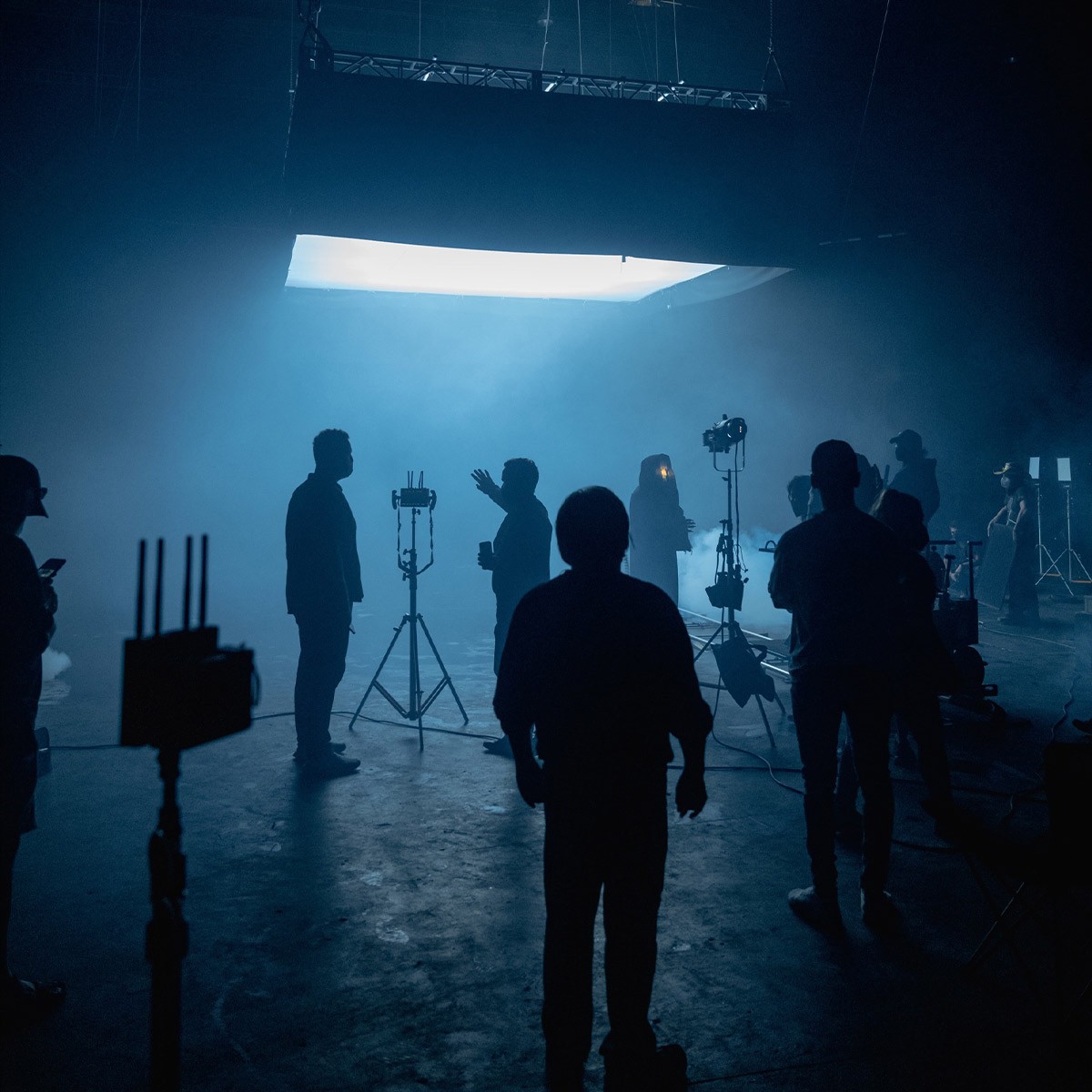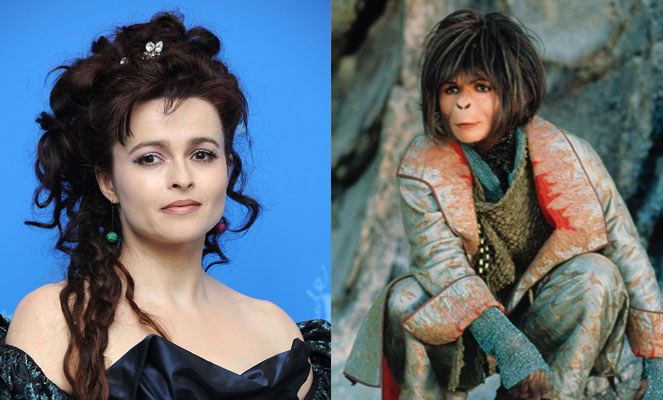What Does a Hair Stylist Do on a Film Set?

Professional Hair Stylist at work on a film production set
Script Analysis & Character Research
Breaking down the script to understand each character's journey, social background, and the time period of the story to inform hairstyle choices.
Pre-Production Design
Creating mood boards, conducting hair tests with actors, and coordinating with other departments to establish the visual language.
On-Set Execution
Styling actors before scenes, maintaining continuity between takes, and making quick adjustments as needed during filming.
Specialized Techniques
Working with wigs, extensions, period-accurate styling, and special effects hair applications for unique character requirements.
Key Insight
Unlike salon stylists who focus on making clients look their best, film hair stylists serve the story first. They might intentionally create "bad" hair days, aging effects, or historically accurate styles that prioritize character authenticity over contemporary beauty standards.

